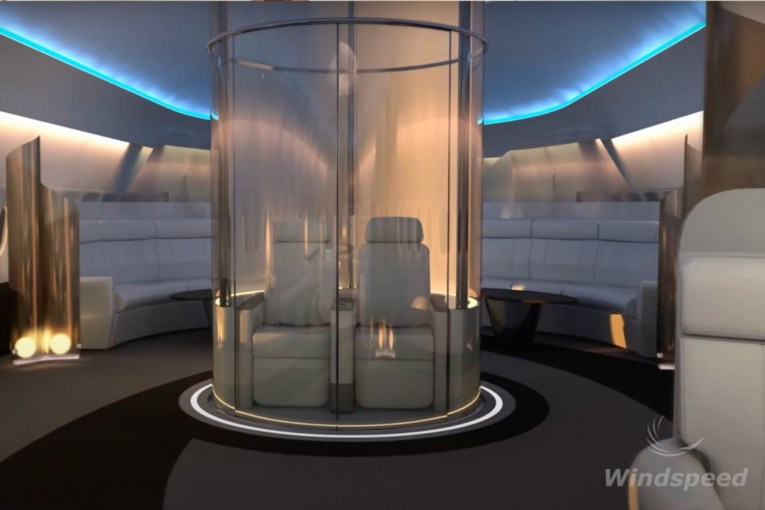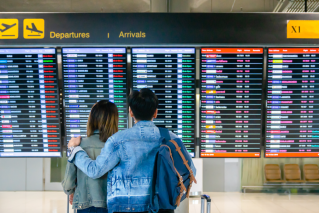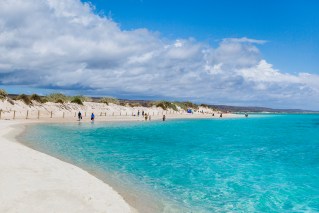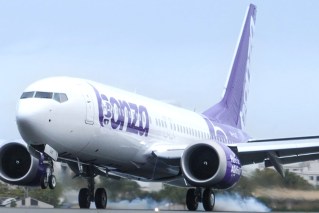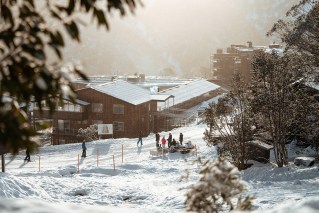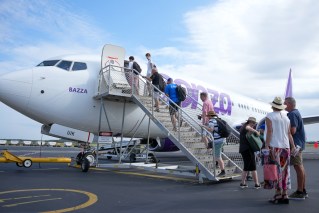New ‘son of Concorde’ supersonic jet could hit Australia within five years

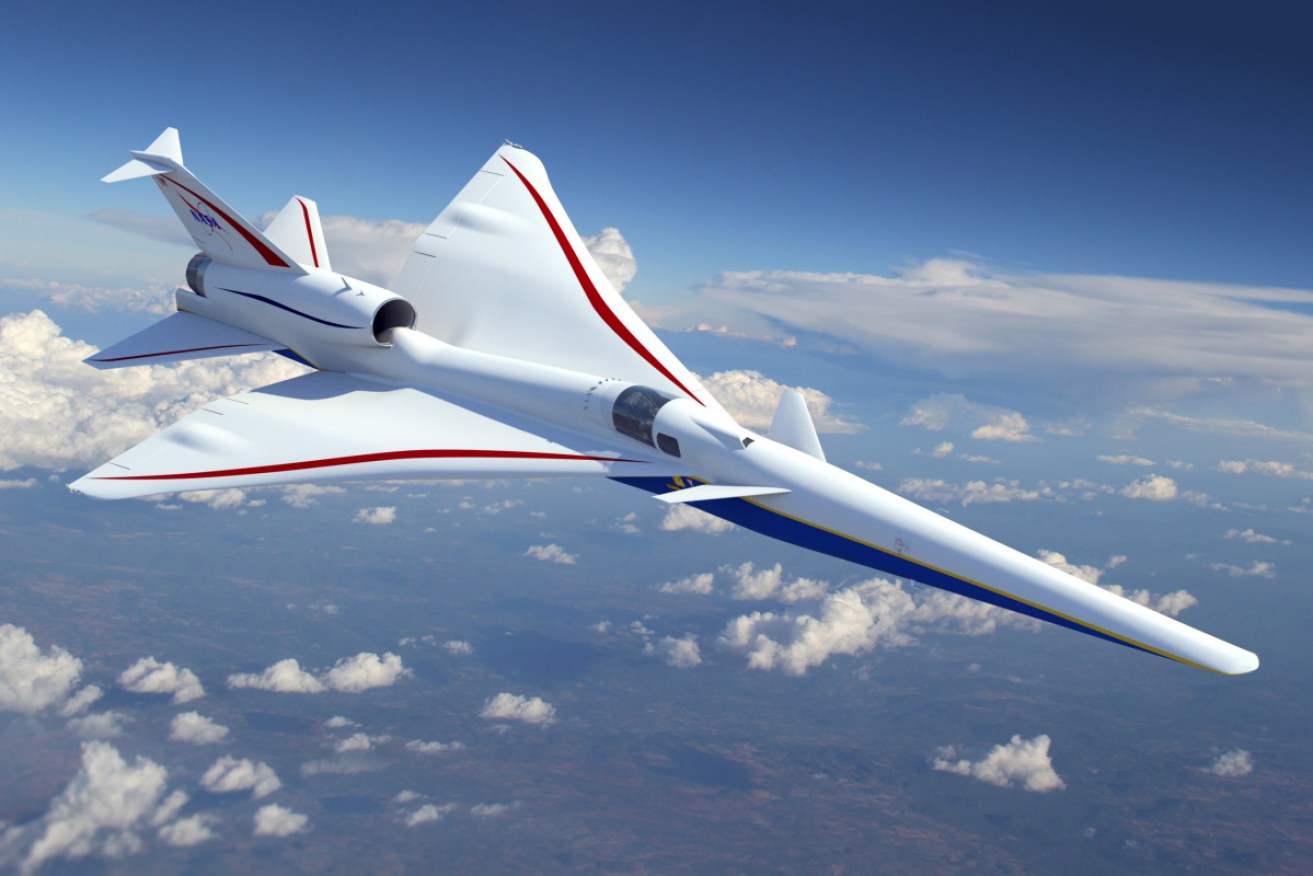
Lockheed Martin has begun building a 'son of Concorde' plane that could be the return of supersonic passenger travel. Photo: Lockheed Martin
NASA has teamed up with defence giant Lockheed Martin to build a state-of-the-art test plane that could mark the return of supersonic passenger travel.
By 2021, it’s expected the X-59, a test aircraft for NASA’s Quiet Supersonic Technology (QueSST), will hit the skies.
The jet – dubbed “the son of Concorde” — is designed to fly at 55,000 feet, reaching 1700km/h and could fly from London to New York in just three hours.
NASA awarded Lockheed Martin the $247.5 million contract to build the highly anticipated aircraft, saying the move “marks a milestone to bring supersonic commercial travel over land one step closer to reality”.
“This aircraft has the potential to transform aviation in the United States and around the world by making faster-than-sound air travel over land possible for everyone,” NASA Administrator Jim Bridenstine said.
X-59 flight tests across six cities in the US will determine how quiet its supersonic technology will be.
The data will then be looked at closely to see if the flights caused any annoyance, and it will then be up to international regulators to see whether or not supersonic flights over land can be considered legal.
‘A real winner’
Airline Intelligence Research managing director and former Qantas chief economist Dr Tony Webber said a Concorde-style aircraft could become a reality in Australia within five years.
“There’s so many airlines including Virgin Atlantic that have jumped on board to develop these type of aircraft,” Dr Webber told The New Daily.
“This could be a reality in Australia within five years if it’s done properly.
“It would be of huge benefit because it would mean travel from Sydney to Perth would be halved, and it would be the same from Sydney to Los Angeles.”
Dr Webber said the aircraft would only work if business-class airfares were offered.
“While not everyone will be able to travel in this, it will be the most economical way for it to work,” he said.
“There will be greater fuel-burn costs but airlines will save on all of the costs associated with block hours including flight and cabin crew, and there will be a savings on maintenance costs as well.”

The interior of a former Air France Concorde. Photo: Getty
Dr Peter Bruce, airline operations expert at Swinburne University, who travelled on the Concorde in 1989, said supersonic travel would only become a reality if it was able to overcome issues with fuel consumption.
“It would be superb for an aircraft like this to operate in Australia as travel time would be halved,” Dr Bruce told The New Daily.
“I travelled in one from New York to London and it was phenomenal and it took about three hours, but you had to pay three times the amount of money.”
Dr Bruce said if a Concorde-style aircraft were to hit the skies in Australia then it would be costly to travel on.
“It will have a market here, there’s no doubt about that, but it will be an expensive investment from airlines, so it will be largely based on how airlines then recoup their costs from fares,” he said.
History of the Concorde
The supersonic aircraft was first flown almost 50 years ago in 1969, by the British Aircraft Corporation and France’s aerospace company Aerospatiale, but its first commercial flight didn’t take to the skies until 1976.
Its maximum speed was twice the speed of sound, reaching up to 2205km/h, with flights from London to New York taking less than four hours – half the time compared to long-haul flights today.
Only 20 Concordes were built and 14 entered airline service.
In 1989, a round-trip ticket from London to New York cost about $6500.
By 2003, airfares had soared to $12,000 for a round trip between New York and Paris.

A British Airways Concorde soaring in the skies. Photo: Getty
There were two prototypes, two pre-production models and two “first-off-the-line” production models. Of these, five are now on show in museums across the world.
As oil prices increased during the late 1970s, foreign airlines cancelled their Concorde orders.
In 2000, an Air France Concorde flight crashed outside of Paris shortly after it ran over a strip of titanium that had dropped off the engine from a Continental Airlines’ DC10 aircraft.
More than 100 passengers and crew died, including four people on the ground, when it crashed into a nearby hotel.
Exorbitant fuel and operational costs eventually made the Concorde uneconomical and in 2003, and Air France and British Airways retired the fleet.
